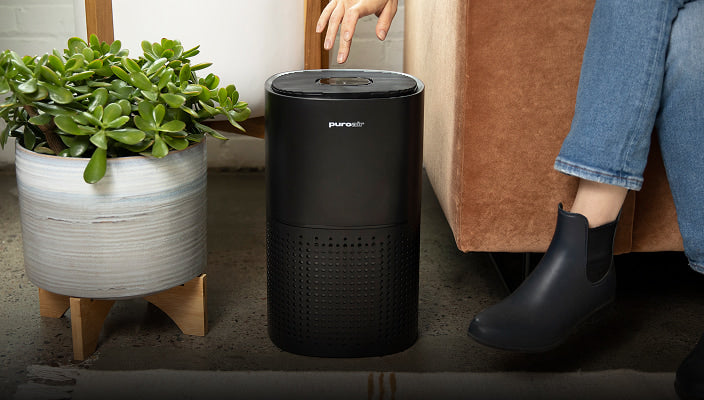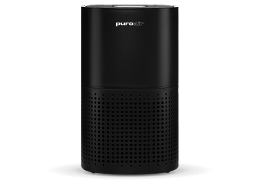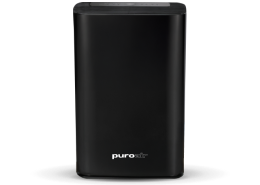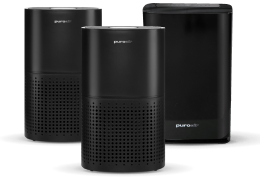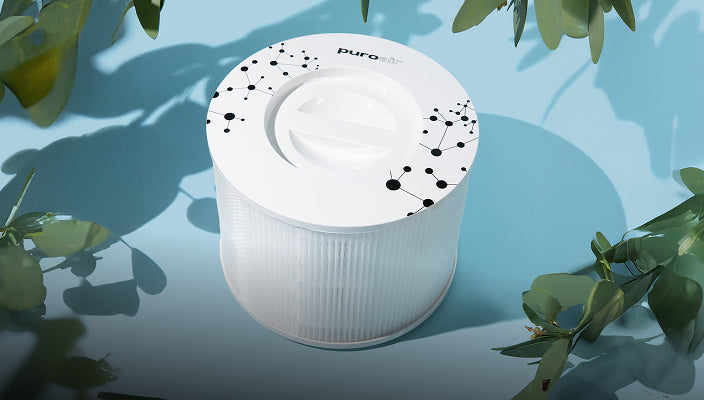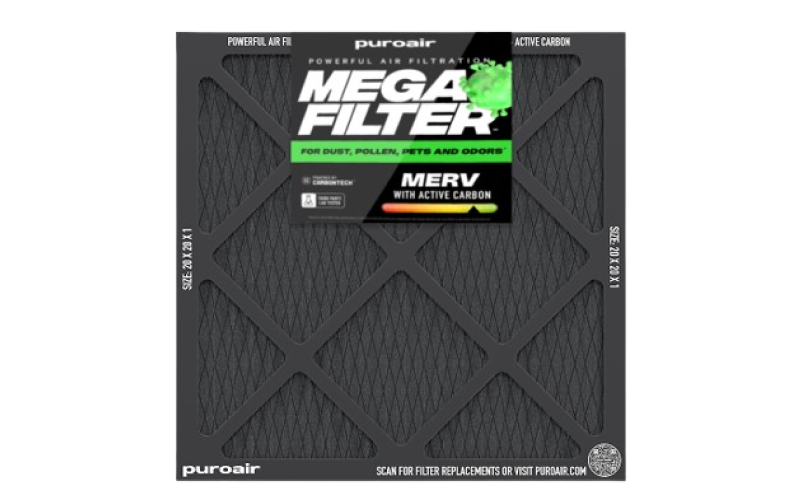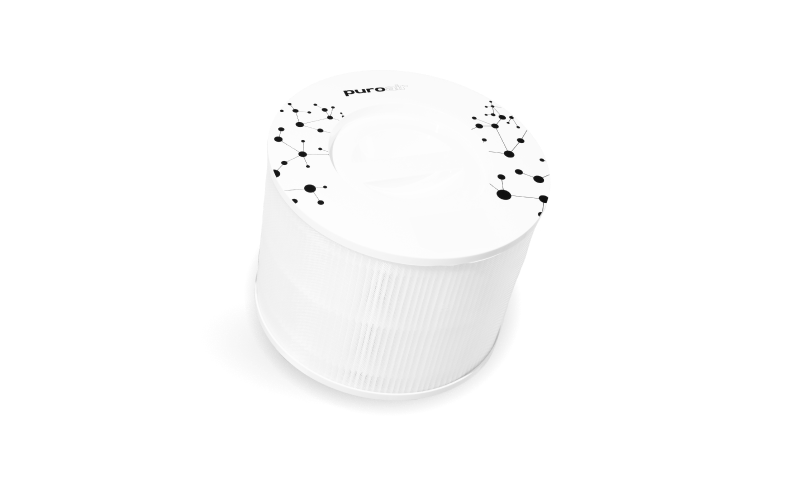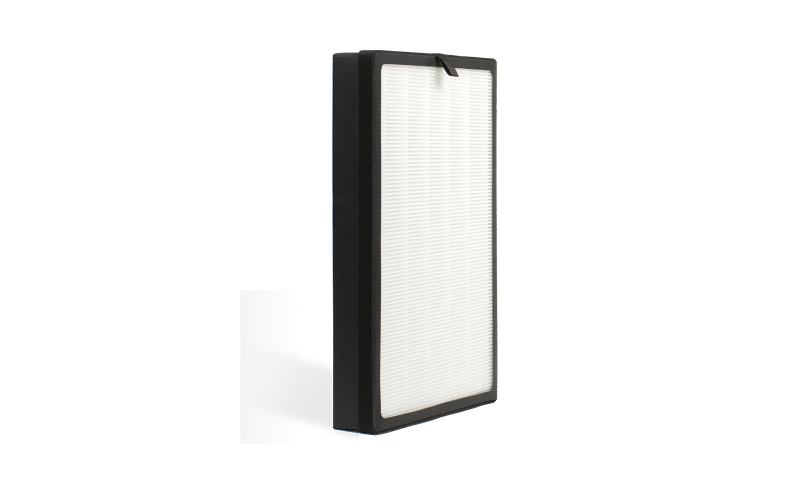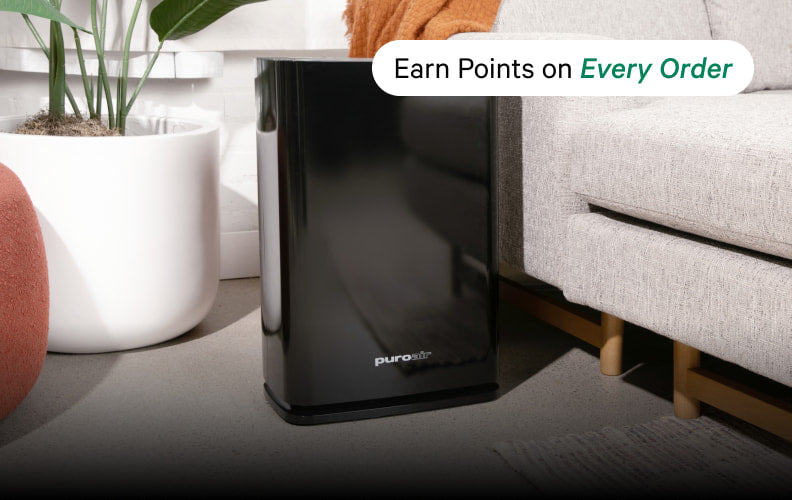When you think of Arizona, you probably picture endless blue skies, year-round sunshine, and vast desert landscapes perfect for hiking and outdoor adventures. What might surprise you, however, is that Arizona consistently ranks among the worst states in the nation for air quality. Between seasonal dust storms that roll across the valley, scorching temperatures that trap pollutants, and heavy vehicular traffic in metropolitan areas, the pieces of the puzzle start to come together, and it becomes clearer why the air quality takes such a hit.
State of the Air 2025
Each year, the American Lung Association releases its State of the Air Report, which evaluates air quality concerns across the country and breaks down specific problem areas. This report grades every county in America on three critical markers of air quality: ozone levels, daily particulate matter levels, and annual particulate matter levels.
Daily particulate matter levels reveal how many dangerous 'spikes' in poor air quality occurred in a given area, while annual particulate matter levels paint a picture of how air quality averaged throughout the entire year. According to the 2025 State of the Air Report, Maricopa County received failing grades across all three of these crucial markers.
Maricopa County encompasses Phoenix, Scottsdale, Mesa, and their surrounding suburbs, housing over 5 million people. That's more than half of Arizona's entire population packed into one of the most populated counties in the United States. When you consider the number of people breathing this compromised air daily, the scale of the problem becomes staggering. Whether you're a long-time resident or planning a visit, understanding these air quality challenges is essential for properly protecting yourself and your family.
Ozone Levels in Maricopa County
Maricopa County didn't just fail when it came to ozone, it was ranked the fourth most polluted county in the entire country for ozone levels.
Ozone forms when pollutants like nitrogen oxides and VOCs interact with sunlight, creating a toxic layer of pollution in our atmosphere. The biggest contributors to nitrogen oxides? Industrial processes and vehicle exhaust, and the Phoenix metropolitan area has both in abundance. Add to that Phoenix's remarkable 300 sunny days per year (which sounds wonderful until you realize it's feeding ozone production), and you've got a recipe for disaster.
Additionally, ozone is naturally destroyed by rain and storms. Cloud cover halts ozone production, and rainfall literally washes ozone particles out of the air. But Phoenix receives rain on only about 36 days per year. The math is simple, we have all the ingredients for ozone creation and almost none of the natural remedies for ozone destruction. The result? The Phoenix area has become an ideal breeding ground for dangerously high ozone levels.
Health Impacts of Ozone: More Serious Than You Think
Ozone doesn't just create hazy skies—it's harmful to your respiratory system. This invisible threat is highly irritating to the lungs and airways, causing both immediate damage and long-term inflammation with repeated exposure.
While vulnerable populations like children, elderly individuals, and those with pre-existing respiratory conditions face the highest risk, even healthy young adults aren't immune. Symptoms can include shortness of breath, persistent coughing, and that uncomfortable tight sensation in your chest.
The long-term consequences are even more concerning. Chronic ozone exposure has been linked to increased rates of asthma and COPD in affected populations, and emerging research suggests possible cardiovascular effects as well. In conclusion, simply living and breathing in high-ozone areas can fundamentally alter your health trajectory.
Daily Particulate Matter
Daily particulate matter measurements reveal which areas experience frequent spikes in dangerous air quality. These sudden deteriorations often stem from wildfires, intense heat waves, and ongoing combustion from manufacturing facilities and vehicle traffic.
Our bodies have evolved sophisticated filtering systems that do a reasonably good job of catching larger particles before they can cause harm. However, the smallest particles—those measuring PM2.5 or smaller often slip through our natural defenses. To put this in perspective, these particles are 30 times smaller than the diameter of a single human hair. They're completely invisible to the naked eye, yet small enough to penetrate deep into your lungs, enter the your air sacs, and from there distribute throughout your bloodstream to affect organs throughout your body.
Maricopa County received a failing grade for daily particulate matter in the 2025 State of the Air report, meaning residents regularly experience these dangerous spikes in air pollution.
Annual Particulate Matter: The Year-Round Challenge
While daily particulate matter tracks dangerous spikes, annual particulate matter provides the bigger picture—how much particulate pollution hangs in the air throughout an entire year. Some regions might experience a few dramatic spikes (like areas affected by seasonal wildfire smoke) but maintain relatively clean air most of the time. Other areas, unfortunately, deal with consistently unhealthy levels day after day due to ongoing pollution, industrial combustion, and traffic emissions.
Maricopa County falls into the latter category, earning another failing grade for annual particulate matter. This means the air quality problems aren't just occasional. They're a persistent, year-round health concern for everyone living in the area.
Health Impacts of Particulate Matter: A Wide-Reaching Problem
The health consequences of particulate matter exposure extend far beyond respiratory issues, affecting multiple body systems. Both short-term spikes and long-term exposure can trigger a cascade of serious health problems:
- Increased hospital admissions from cardiovascular disease: Fine particles that enter the bloodstream can trigger heart attacks and strokes
- Increased severity of asthma attacks: Even well-managed asthma can become dangerous during high particulate matter days
- Increased hospitalizations for COPD: Chronic obstructive pulmonary disease symptoms worsen significantly with particle exposure
- Increased risk for lung cancer: Long-term exposure to fine particles has been linked to higher cancer rates
- Increased risk for depression and anxiety: Emerging research shows air pollution may affect mental health by triggering inflammatory responses in the brain
How to Take Action Against Poor Air Quality
Living in an area with chronic air quality issues can feel overwhelming, especially when much of the problem stems from geographic and climatic factors beyond individual control. However, you're not powerless against these environmental challenges. There are steps you can take to significantly improve your personal air quality and protect your health, even in consistently polluted areas.
Keep Windows Closed During Days with Poor AQI
Arizona's climate is spectacular for most of the year. Those sunny, warm days make it tempting to throw open every window and let the "fresh" air flow through your home. But before you do, make checking the Air Quality Index (AQI) part of your daily routine, just like checking the weather forecast.
Due to the intense sun and heat that characterize Arizona's climate, poor air quality is unfortunately a regular occurrence rather than an occasional problem. On high-pollution days, opening your windows essentially invites harmful pollutants and microscopic particles to flood your living space, negating any air filtration efforts you might have in place. Make it a habit to check the AQI each morning, and only open windows when levels are in the "good" range.
Be Strategic About Outdoor Activities
Arizona's outdoor recreation opportunities are world-class, from hiking in stunning desert landscapes to swimming in resort-style pools. However, timing your outdoor activities around air quality conditions can make the difference between an enjoyable experience and a health-compromising one.
Before heading out for the day, take a moment to check the current AQI. If you have pre-existing respiratory conditions, heart disease, or other health concerns, it's especially important to limit outdoor exposure on days when air quality is particularly poor. When you must be outside during questionable air quality days, plan frequent breaks in shaded or indoor areas, stay well-hydrated, and always carry any necessary medications like inhalers.
Parents should be particularly cautious about children's exposure to poor air quality. Kids' respiratory systems are still developing, making them more vulnerable to the effects of air pollution. On high-pollution days, consider moving outdoor playtime indoors or to enclosed spaces with good air filtration.
Invest in an Air Purifier: Your Home's First Line of Defense
While you can't control the air quality outside your front door, you have complete control over the air inside your home—and that's where a high-quality air purifier becomes invaluable. Think of it as creating a clean-air oasis where you and your family can breathe easily, regardless of what's happening in the outside environment.
PuroAir's advanced HEPA filtration systems are specifically designed to tackle the exact pollutants present in Arizona air. These high-performance filters can remove up to 99.9% of airborne particles and pollutants, making them more than capable of handling ozone and particulate matter. But the benefits extend beyond outdoor pollution. Your air purifier will also address indoor air quality threats like pet dander, household dust, volatile organic compounds (VOCs) from cleaning supplies, cooking smoke, and other common indoor pollutants.
The peace of mind alone is worth the investment. No more worrying about whether today's wind patterns are carrying dust storms or industrial emissions toward your neighborhood. No more second-guessing whether it's safe to open windows or spend time on your patio. With a reliable air purification system, you can ensure that your home remains healthy every single day.
Check out PuroAir's collection of air purifiers here, and find which model is the best fit for your home's specific needs and square footage.
Breathing Easy in the Desert
Living in an area with persistent air quality challenges doesn't mean you're sentenced to a lifetime of compromised respiratory health. The key is taking proactive steps to minimize your exposure and create cleaner air environments where you spend the most time, particularly in your home.
An air purifier is more than just another appliance. It's an investment in your long-term health and daily comfort. It's the game changer that ensures you're always breathing clean, healthy air in your personal space, regardless of what's happening with Phoenix's air quality outside your door.
Arizona's natural beauty and abundant sunshine will always be compelling reasons to call this state home. With the right precautions and equipment, you can enjoy everything the desert has to offer while protecting yourself and your family from its air quality challenges.



